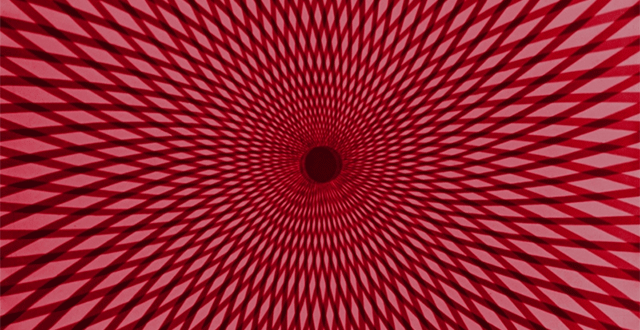
COMMEMORATING 30 YEARS OF TFF
07/08/2020The animator and animation historian John Canemaker has referred to Oskar Fischinger as the Kandinsky of cinema. You could just as well call him its Klee or its Mondrian or its Hilma af Klint. Each of these artists was familiar with “alternative” spiritual disciplines like theosophy, anthroposophy and (in Fischinger’s case) Tibetan Buddhism and Hindu tantric rituals. And I think that they each felt their way to the spiritual through the practice of their art rather than visa versa. In a 1943 letter to his patroness (for a time) Hilla Rebay, one of the co-founders of the Guggenheim Museum, Fischinger wrote that in the late 20s he developed a “rotating cylinder, driven by a motor, day and night, all the time, to hold my denials and affirmations in steady motion-rotation,” only to learn many years later of the “existing parallel thoughts in my continuous rotating cylinders and the thousands-of-years-old [Buddhist] prayer wheel.”
The Film Foundation has helped to facilitate the restorations of four of Fischinger’s greatest paintings-in-motion: the three-screen Raumlichtkunst, finished in 1929 and restored by the Center for Visual Music with the participation of the National Film Preservation Foundation, and three films made after he and his family fled Nazi Germany and emigrated to Los Angeles in 1936, restored by the Academy. Allegretto, synchronized to Ralph Rainger’s piece “Radio Dynamics,” is a matter of staccato rhythms, suggesting the movement of criss-crossing impulses. Radio Dynamics, made in 1942, is silent, also a matter of rhythm but in this case the rhythm of emotions overlapping like waves, fields of color and texture ever expanding and converging, growing and overwhelming and nurturing and displacing one another endlessly. And Fischinger created Motion Painting No. 1 by filming every brushstroke of oil on plexiglass over 9 months: set to Bach’s 3rd Brandenburg Concerto, it’s a remarkable piece of work that keeps expanding in the mind, a constant crossing and re-crossing from outer to inner experience and back again. I could go on in multiple directions on Oskar Fischinger’s films, but I feel compelled to close with this: they could only have been made by hand, painstakingly, with actual paints and boards and animation stands and film, one mind-bending frame at a time.
- Kent Jones
Follow us on Facebook, Instagram, and Twitter!
RAUMLICHTKUNST (1926-29, d. Oskar Fischinger)
Preserved by the Center for Visual Music through the Avant-Garde Masters program funded by The Film Foundation and administered by the National Film Preservation Foundation.
ALLEGRETTO (1936, d. Oskar Fischinger)
Restored by the Academy Film Archive with finding provided by The Film Foundation.
RADIO DYNAMICS (1942, d. Oskar Fischinger)
Restored by the Academy Film Archive with finding provided by The Film Foundation.
MOTION PAINTING NO. 1 (1947, d. Oskar Fischinger)
Restored by the Academy Film Archive with finding provided by The Film Foundation.
The Film Foundation
